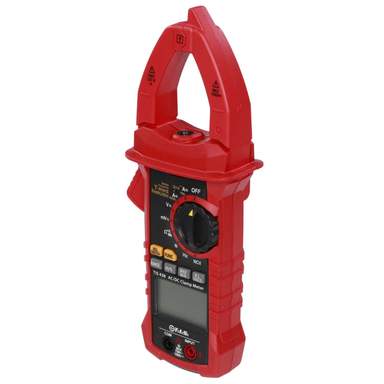- Reaction score
- 17,062
I need to, as accurately as possible, establish what the inrush current is for some large metal halide floodlights with magnetic ballasts and I'm drawing a blank.
This is for a switchgear/DB replacement I am in the planning stages of and need to know whether these circuits can be fed from MCBs or if I need to use MCCBs or if fuses would be OK.
These are currently fed from 63A MCCBs, but it would be advantageous if they could be run on MCB's instead.
There are 4 TP circuits each feeding a floodlight column. Each column has 9x 2kW MBIL type discharge lamps on it with magnetic ballasts connected in delta with loads evenly distributed (3 connected between L1 and L2, 3 between L2 and L3 and 3 between L1 and L3).
I've tried asking schneider as they can usually look up a maximum number of fittings for a given MCB, but they dont have info for this size fitting and can't help without the inrush data.
So I've asked the ballast manufacturer, Thorn, for the inrush data and they apparently don't know. But they did come up with a max starting current (not inrush) of 9.3A at 415V.
Can anybody help with calculating the inrush for these?
This is for a switchgear/DB replacement I am in the planning stages of and need to know whether these circuits can be fed from MCBs or if I need to use MCCBs or if fuses would be OK.
These are currently fed from 63A MCCBs, but it would be advantageous if they could be run on MCB's instead.
There are 4 TP circuits each feeding a floodlight column. Each column has 9x 2kW MBIL type discharge lamps on it with magnetic ballasts connected in delta with loads evenly distributed (3 connected between L1 and L2, 3 between L2 and L3 and 3 between L1 and L3).
I've tried asking schneider as they can usually look up a maximum number of fittings for a given MCB, but they dont have info for this size fitting and can't help without the inrush data.
So I've asked the ballast manufacturer, Thorn, for the inrush data and they apparently don't know. But they did come up with a max starting current (not inrush) of 9.3A at 415V.
Can anybody help with calculating the inrush for these?









